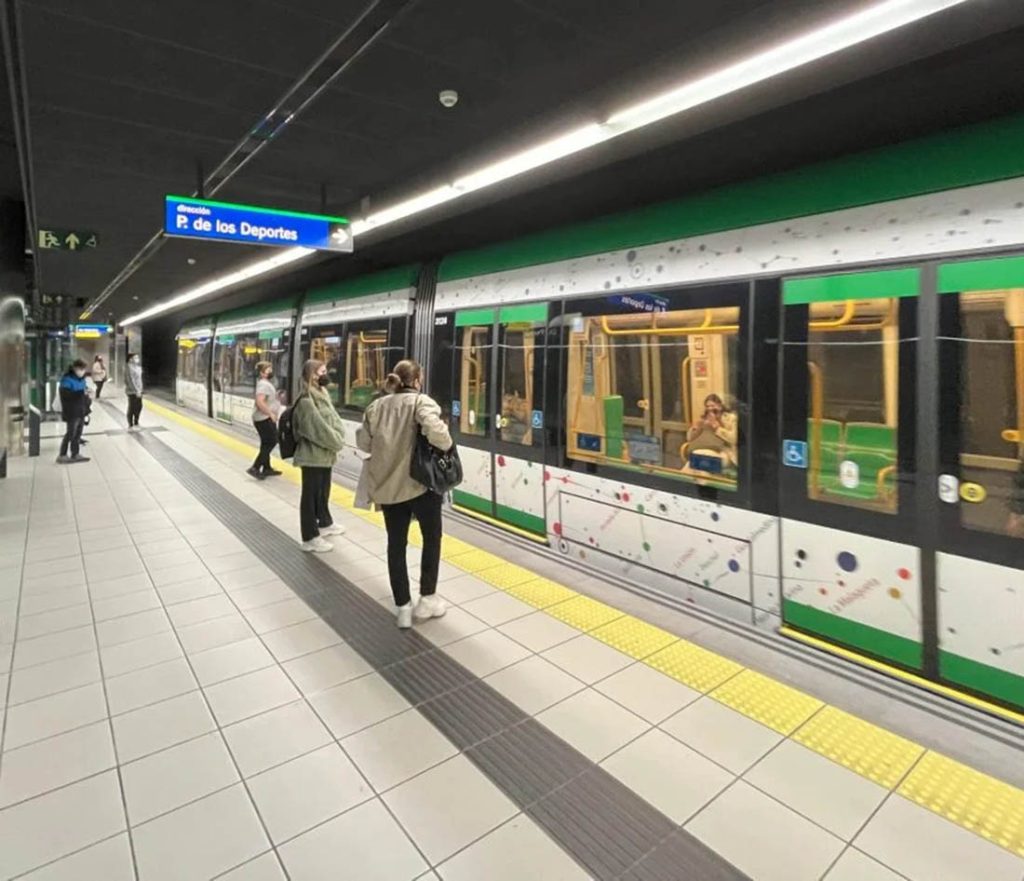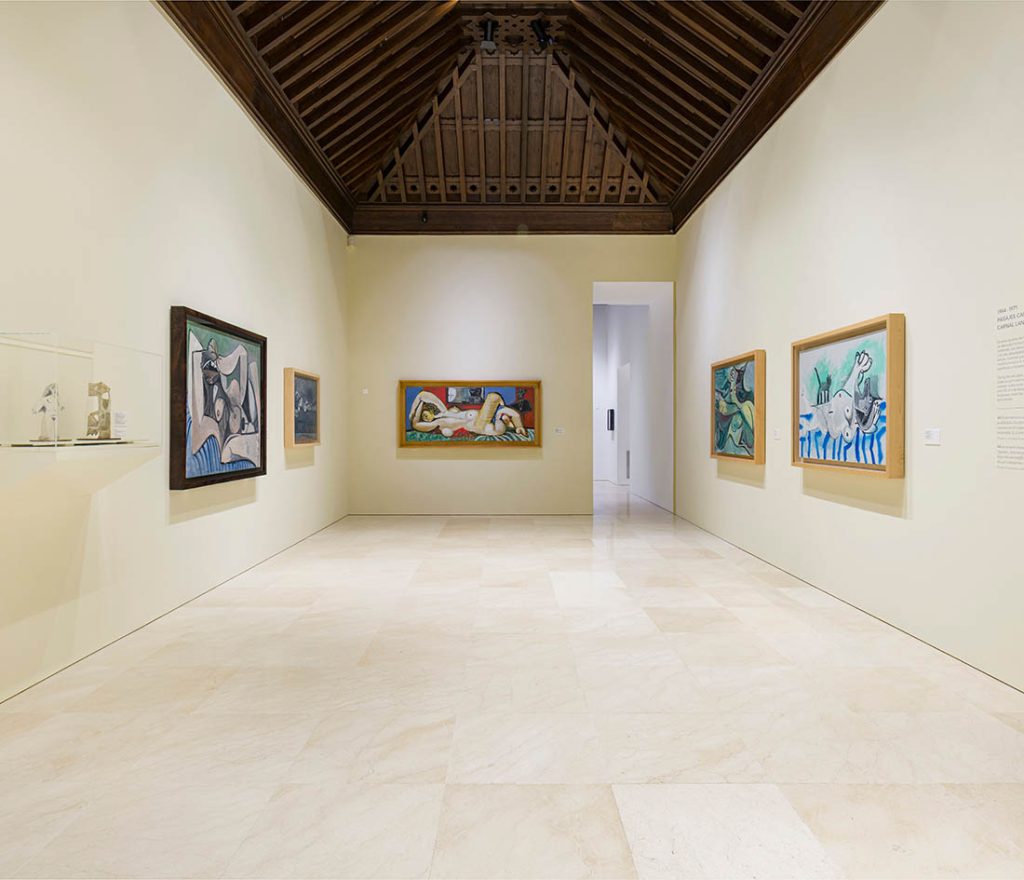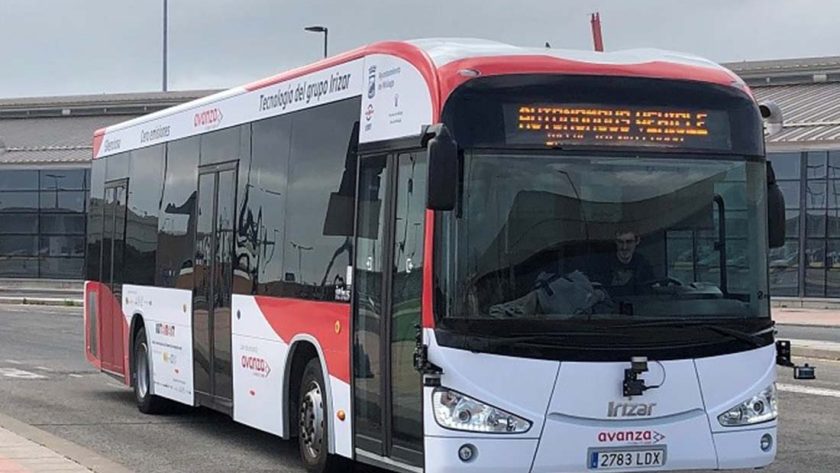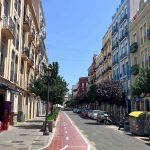When planning a trip to Málaga, one of the most rewarding coastal cities in southern Spain, it’s not only the sights, beaches, and cuisine that matter. The way you move through the city can shape your entire travel experience. Understanding how to get around efficiently saves time, reduces stress, and often opens doors to places you might otherwise overlook. Málaga is blessed with a transportation system that balances convenience and charm, offering everything from modern buses and metro lines to scenic walking routes and affordable regional trains. Add in the ease of taxis, ride-sharing apps, and even cycling along the beautiful promenade, and you’ll quickly see why many visitors find navigating this city surprisingly simple. Beyond the logistics, local tips and smart travel choices allow you to experience Málaga as more than just a destination—it becomes a journey filled with discovery at every step.
1. First Impressions of Málaga’s Transportation System
Málaga has invested heavily in creating a traveler-friendly infrastructure. The city blends historic charm with modern transport solutions, ensuring that visitors can reach major attractions without hassle. Whether you prefer buses, trains, taxis, or bicycles, there’s a solution that caters to every budget and travel style.
The city is compact enough to explore on foot, yet large enough to make public transportation a necessity when covering longer distances. Thanks to efficient connections with surrounding towns and the Costa del Sol, Málaga also makes an excellent base for day trips.
2. Public Buses: The Backbone of Local Travel
Málaga’s bus network is extensive, reliable, and affordable.
How It Works
- Operator: EMT Málaga (Empresa Malagueña de Transportes).
- Coverage: The network covers nearly every district, beach, and major attraction.
- Frequency: Buses run from early morning until late evening, with some night services available.
Tickets and Prices
- Single Ticket: Purchase directly from the driver.
- Travel Cards: If you plan to stay several days, rechargeable travel cards save money and time.
- Where to Buy: Cards are available at kiosks, EMT offices, or some tobacco shops.
Useful Tips
- Check the digital panels at bus stops for real-time arrival updates.
- Use the EMT app to plan your route, track buses, and avoid long waits.
- Have small change ready if buying directly from the driver.
3. Metro Málaga: Fast and Modern
Málaga’s metro system is relatively new but already a favorite among locals and travelers.
Key Features
- Lines: Currently two main lines operate, connecting the city center with important residential and university areas.
- Convenience: Air-conditioned trains, clean stations, and clear signage make it easy for newcomers.
- Cost: Similar to bus fares, and integrated tickets allow flexible use.
While the metro doesn’t cover every tourist area, it’s ideal for reaching spots slightly outside the historic center without traffic delays.

4. Trains and Regional Connections
For destinations outside Málaga proper, trains are the most efficient option.
Cercanías (Commuter Trains)
- Connects Málaga with surrounding coastal towns such as Torremolinos, Benalmádena, and Fuengirola.
- Ideal for day trips along the Costa del Sol.
- Trains are punctual, comfortable, and offer scenic views of the coastline.
Long-Distance Trains
- Málaga’s María Zambrano station serves as the hub for high-speed AVE trains.
- Travelers can easily reach cities like Madrid, Córdoba, or Seville within a few hours.
5. Taxis and Ride-Sharing
Traditional Taxis
- Readily available at taxi ranks, outside train stations, and near major hotels.
- All taxis are metered, so pricing is transparent.
- Cash and card payments are both accepted.
Ride-Sharing Apps
- Apps like Uber, Cabify, and Bolt operate in Málaga.
- Generally competitive with taxi fares, and sometimes cheaper for longer rides.
- Particularly useful late at night when bus services are limited.
6. Cycling Around the City
Málaga is increasingly bike-friendly, with new lanes and rental services expanding every year.
Why Choose a Bike?
- The coastal promenade is flat and perfect for cycling.
- Many major attractions are within short distances of each other.
- Eco-friendly and allows you to explore hidden corners.
Options
- City Bike Rentals: Affordable and easy to find near beaches and plazas.
- e-Bikes and Scooters: Electric options provide extra comfort, especially in warmer weather.
- Bike Tours: Guided cycling tours are a popular way to combine sightseeing with fitness.
7. Walking the Historic Center
Málaga’s old town is best explored on foot. Cars are restricted in many narrow streets, making walking both practical and enjoyable.
Highlights to Explore on Foot
- The Alcazaba fortress.
- Picasso Museum.
- Cathedral of Málaga.
- Calle Larios (the city’s main shopping street).

Walking not only saves money but also allows you to stumble upon charming cafés, boutiques, and street performers you might miss otherwise.
8. Car Rentals: Freedom Beyond the City
If your plans include exploring Andalusia beyond Málaga, renting a car is worth considering.
Benefits
- Access to smaller villages and natural parks not connected by train or bus.
- Flexibility to create your own itinerary.
Considerations
- Parking in the city center can be challenging and expensive.
- Traffic during peak hours may slow your journey.
- Renting a car for just a few days of countryside exploration is often the best compromise.
Travelers arriving or departing by plane will find multiple transfer options:
- Train: The commuter line connects Málaga Airport directly with the city center in under 15 minutes.
- Bus: Airport express buses run frequently, stopping at key downtown locations.
- Taxi/Ride-Share: Convenient if you have heavy luggage or arrive late at night.
- Private Shuttle: Pre-booked services ideal for groups or families.
10. Travel Tips for Smooth Transportation
- Avoid Rush Hour: Mornings (8–9 a.m.) and evenings (6–8 p.m.) can be crowded.
- Use Apps: EMT Málaga, Google Maps, and ride-hailing apps simplify planning.
- Keep Cash Handy: Though cards are accepted almost everywhere, small coins are useful for buses.
- Stay Safe: Málaga is generally safe, but always watch belongings in crowded areas.
- Comfortable Shoes: Even with great transport, you’ll walk more than expected.
11. Choosing the Right Transport for Your Trip Style
- Budget Travelers: Stick to buses and commuter trains. They are inexpensive and cover most attractions.
- Families: Consider a mix of buses for short trips and taxis for convenience when traveling with kids.
- Couples: Walking and cycling create a romantic, leisurely pace.
- Explorers: Rent a car or use commuter trains for easy day trips.
Getting around Málaga is refreshingly straightforward. With a well-developed public transport system, pedestrian-friendly streets, and a range of rental options, the city caters to every type of traveler. Whether you’re enjoying a short city break or using Málaga as a base to explore Andalusia, the combination of buses, trains, and walking routes ensures smooth travel experiences.
One of the greatest advantages is how seamlessly different modes of transport connect. For example, arriving travelers can step off a plane and be in the city center within minutes by commuter train or express bus. Once in town, a quick switch to the metro or bus system makes reaching neighborhoods, beaches, and shopping districts effortless. This fluidity saves both time and energy, allowing you to focus on enjoying the journey rather than worrying about logistics.
Walking adds another dimension to Málaga’s transport experience. The historic center is compact, lively, and packed with cultural treasures, which means the best way to discover it is on foot. Strolling through narrow cobbled streets, you’ll find hidden tapas bars, vibrant street art, and charming courtyards that no guidebook can fully capture. Unlike many modern cities, where walking can feel secondary, Málaga celebrates it—giving every corner of the old town a sense of discovery.
For travelers who want flexibility beyond the city center, options like taxis, ride-sharing apps, or car rentals make perfect sense. Taxis are reliable and metered, while ride-sharing offers the convenience of booking through your phone, often at similar prices. Renting a car opens the door to Andalusia’s countryside—think whitewashed villages, olive groves, and dramatic mountain landscapes. Still, for short city stays, public transport remains the most practical and budget-friendly choice.
Cycling is another enjoyable way to explore. Málaga’s coastal promenade and expanding bike lanes offer a safe, scenic path for riders of all levels. Renting an e-bike or scooter makes even longer journeys manageable, while guided bike tours combine exercise with storytelling, giving you a fresh perspective on the city.
What makes Málaga truly stand out is how transportation itself becomes part of the adventure. A bus ride to the beach doubles as a window into local life. A short train journey offers sweeping views of the Mediterranean. Even waiting at a metro station can feel welcoming, thanks to modern, air-conditioned facilities and clear signage. Instead of being stressful, getting around here often feels relaxed, almost leisurely.
Transportation in Málaga blends practicality with local charm. You’re not just moving from one attraction to the next—you’re weaving together the textures of daily life, history, and modern convenience. Each choice, whether it’s hopping on a bus, walking through the old town, or catching a train to a nearby coastal town, adds another layer to your experience. That’s what makes navigating Málaga so rewarding: the journey is never separate from the destination—it’s an integral part of it.



